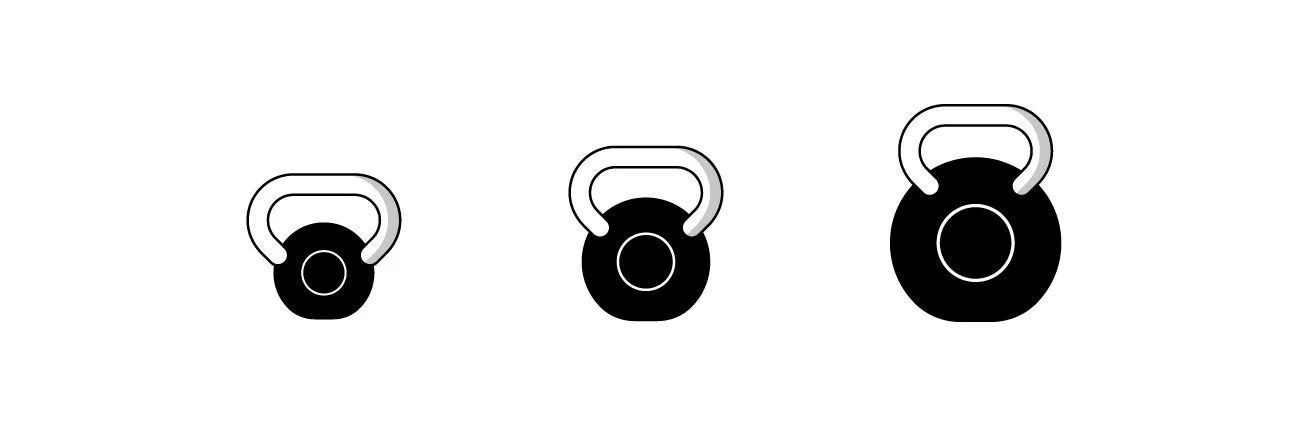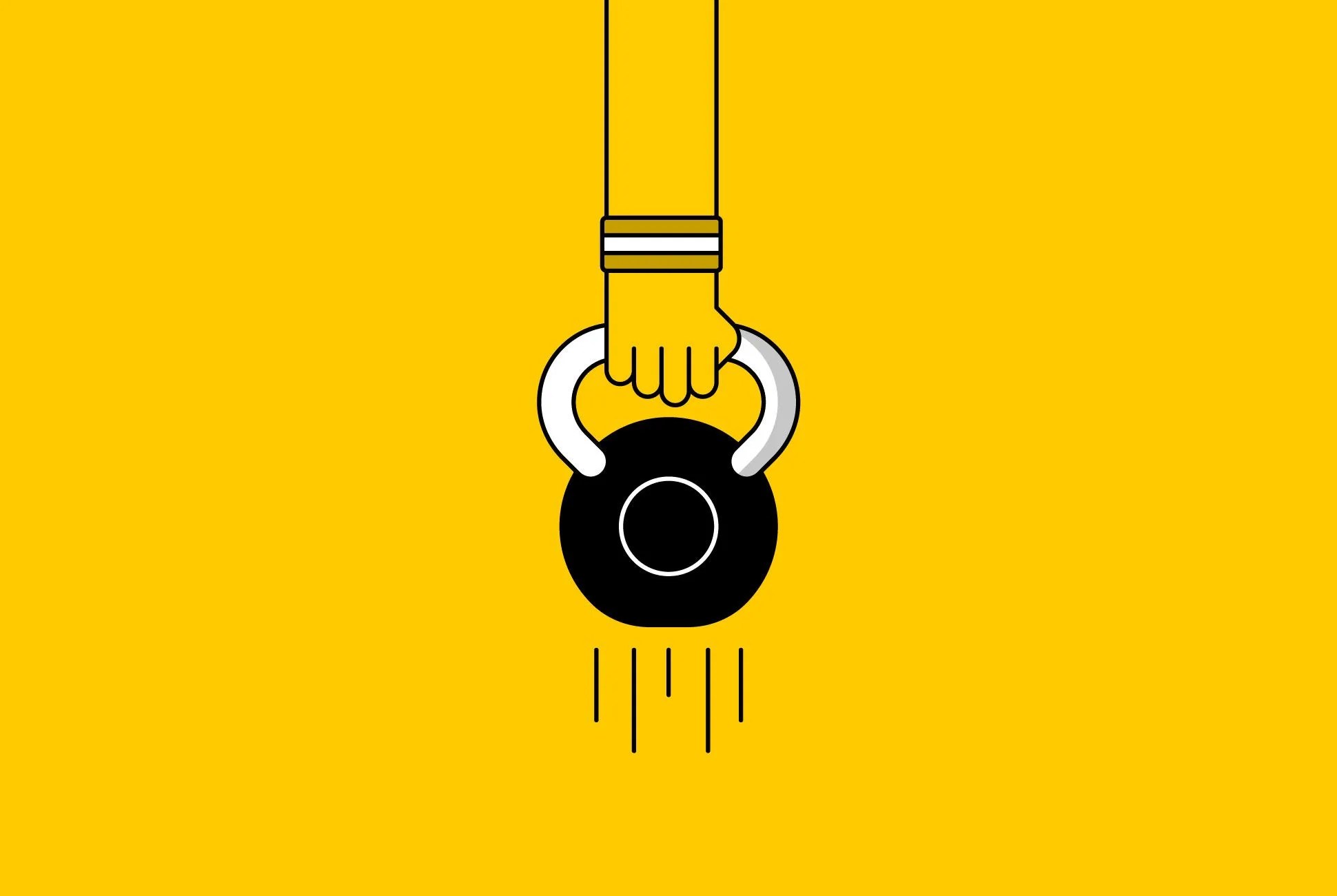You can can be an Olympic lifter or consider yourself the second coming of Hercules, and still throw your back out picking up a pencil. It’s all about how you move and making sure you’re not over-stressing certain muscles. Consistent and correct body position is key any time you’re lifting weight, whether it’s a 90-pound barbell or that tricky #2 pencil. But while you’ve probably come across and lifted your fair share of barbells at the gym, the kettlebell might seem a little foreign, even to the average gym-goer. They’re worth getting familiar with.
Exercising with kettlebells has a whole range of benefits, from building strength to burning fat, not to mention reducing the chance of injuring your lower back. But since just picking up a pencil awkwardly can blow out your back, we asked StrongFirst COO and certified kettlebell instructor Craig Marker about proper basic form. “The kettlebell swing is one of my go-to exercises for beginner to advanced athletes. It’s much simpler to teach than Olympic barbell movements, and it provides overlapping benefits like strength, speed, and explosiveness.” But that’s if you do it right. So make sure you know the basic movements before you go swinging heavy ass kettlebells in front of your gym’s floor-to-ceiling mirrors.
Hinge, don’t squat. Properly swinging a kettlebell is less of a squatting movement and more of bend at the hips. More accurately, the hips go back and the knees only bend slightly. “Think about this position as a jump. If you try to jump forward as far as possible, the bottom position is the same position that you use at the bottom of the kettlebell swing.”
Explode with your hips, not your arms. “If you think of a bullet being fired out of a gun, it receives all of its power initially and then relies on momentum to get to its destination.” The same goes for a kettlebell swing. All the power in getting the kettlebell up in the air comes from the hips. Your arms are just along for the ride.

Your arms aren’t completely useless. Keep your elbows locked and your shoulders back. As the kettlebell arcs upward your lats are engaged, keeping your upper back tight, which Marker says “provides more protection to your lower back during the swing.” And don’t worry about how high the kettlebell peaks. It’s supposed to float up once your hips are in their forward-most position and you’re standing up straight.
Now for the downswing. “It’s like playing chicken with your crotch. You have to wait until the last second to hinge your hips and let the kettlebell pass between your upper thighs.” If your forearms are hitting your lower thighs, you lower back is doing too much work. Now that you’re at the starting position again, do it all over.

